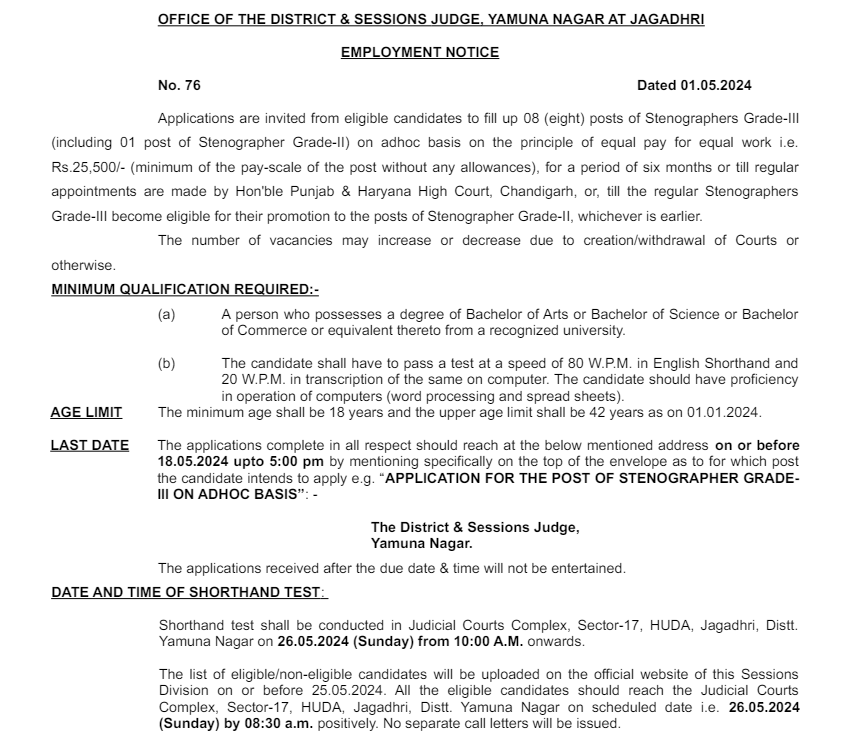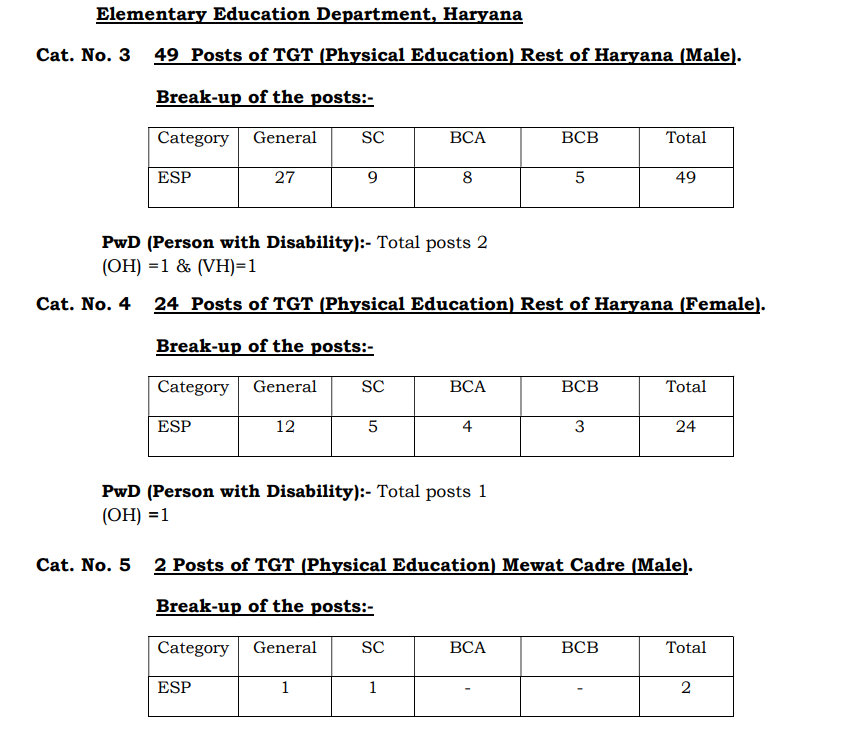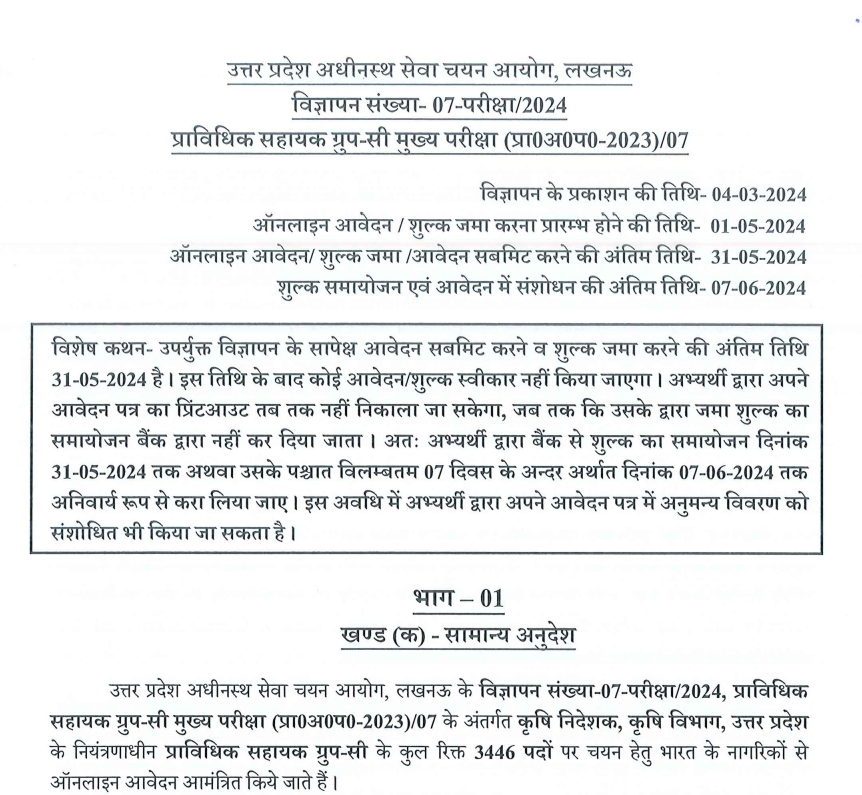BSNL TTA Electronics Devices And Circuits Part 1

Category –BSNL Online Test
Telegram-Join Us On Telegram
Attempt Free BSNL TTA Electronics Devices And Circuits Part 1 Here. Read The Important BSNL MCQ From Below.
NOTE-NO OF QUESTIONS-100
ANSWER KEY-Correct answer is indicated by symbol (V) in options.
HINTS-In some questions options E-HINTS is indicating the hints of answer.
DUE TO LENGTHY SYLLABUS OF EDC IT IS NOT POSSIBLE COVER ALL IMPORTANT QUE IN 200 QUE SO WE WILL UPLOAD ONE OR TWO MORE PDF OF EDC TO COMPLETE IT TODAY.
SOME SAMPLE OF QUESTIONS AND ANSWER
ANSWER KEY-Correct answer is indicated by symbol (V) in options.
HINTS-In some questions options E-HINTS is indicating the hints of answer.
DUE TO LENGTHY SYLLABUS OF EDC IT IS NOT POSSIBLE COVER ALL IMPORTANT QUE IN 200 QUE SO WE WILL UPLOAD ONE OR TWO MORE PDF OF EDC TO COMPLETE IT TODAY.
SOME SAMPLE OF QUESTIONS AND ANSWER
1) Reverse saturation electric current in a silicon pn junction diode nearly doubles for very
A [ ]) 2°C rise in temperature.
B [ ]) 5°C rise in temperature.
C [ ]) 7°C rise in temperature.
D [v]) 10°C rise in temperature.
A [ ]) 2°C rise in temperature.
B [ ]) 5°C rise in temperature.
C [ ]) 7°C rise in temperature.
D [v]) 10°C rise in temperature.
2) In the diode equation, the voltage equivalent of temperature
A [ ]) 11600 / T.
B [v]) T / 11600.
C [ ]) T=11600.
D [ ]) 11600 / T2
A [ ]) 11600 / T.
B [v]) T / 11600.
C [ ]) T=11600.
D [ ]) 11600 / T2
3) When a reverse bias is applied to a diode, it will
A [v]) raise the potential barrier.
B [ ]) lower the potential barrier.
C [ ]) increases the majority carrier an electric current greatly.
D [ ]) none of these
A [v]) raise the potential barrier.
B [ ]) lower the potential barrier.
C [ ]) increases the majority carrier an electric current greatly.
D [ ]) none of these
BSNL TTA Electronics Devices And Circuits Part 1
4) What is the ratio of IC to IB?
A [ ]) αDC
B [ ]) hFE
C [ ]) βDC
D [v]) either βDC or hFE, but not αDC
A [ ]) αDC
B [ ]) hFE
C [ ]) βDC
D [v]) either βDC or hFE, but not αDC
5) For normal operation of a pnp BJT, the base must be ________ with respect to the emitter and ________ with respect to the collector.
A [ ]) positive, negative
B [ ]) positive, positive
C [v]) negative, positive
D [ ]) negative, negative
A [ ]) positive, negative
B [ ]) positive, positive
C [v]) negative, positive
D [ ]) negative, negative
6) When a transistor is used as a switch, it is stable in which two distinct regions?
A [ ]) saturation and active
B [ ]) active and cutoff
C [v]) saturation and cutoff
D [ ]) none of the above
A [ ]) saturation and active
B [ ]) active and cutoff
C [v]) saturation and cutoff
D [ ]) none of the above
7) A certain transistor has IC = 15 mA and IB = 167 μA; βDC is:
A [ ]) 15
B [ ]) 167
C [ ]) 0.011
D [v]) 90
E [ ]) HINTS-βDC=IC/IB
A [ ]) 15
B [ ]) 167
C [ ]) 0.011
D [v]) 90
E [ ]) HINTS-βDC=IC/IB
BSNL TTA Electronics Devices And Circuits Part 1
8) What does βDC vary with?
A [ ]) IC
B [ ]) ºC
C [v]) both IC and ºC
D [ ]) IC, but not ºC
A [ ]) IC
B [ ]) ºC
C [v]) both IC and ºC
D [ ]) IC, but not ºC
9) What is the ratio of IC to IE?
A [ ]) βDC
B [ ]) βDC / (βDC + 1)
C [ ]) αDC
D [v]) either βDC / (βDC + 1) or αDC but not βDC
A [ ]) βDC
B [ ]) βDC / (βDC + 1)
C [ ]) αDC
D [v]) either βDC / (βDC + 1) or αDC but not βDC
10) Which of the following is true for an npn or pnp transistor
A [v]) IE = IB + IC
B [ ]) IB = IC+ IE
C [ ]) IC = IB + IE
D [ ]) none of the above
A [v]) IE = IB + IC
B [ ]) IB = IC+ IE
C [ ]) IC = IB + IE
D [ ]) none of the above
11) What is the order of doping, from heavily to lightly doped, for each region?
A [ ]) base, collector, emitter
B [v]) emitter, collector, base
C [ ]) emitter, base, collector
D [ ]) collector, emitter, base
A [ ]) base, collector, emitter
B [v]) emitter, collector, base
C [ ]) emitter, base, collector
D [ ]) collector, emitter, base
BSNL TTA Electronics Devices And Circuits Part 1
12) In what range of voltages is the transistor in the linear region of its operation?
A [ ]) 0 < VCE
B [v]) 0.7 < VCE < VCE(max)
C [ ]) VCE(max) > VCE
D [ ]) none of the above
A [ ]) 0 < VCE
B [v]) 0.7 < VCE < VCE(max)
C [ ]) VCE(max) > VCE
D [ ]) none of the above
13) The magnitude of dark current in a phototransistor usually falls in what range?
A [ ]) mA
B [ ]) μA
C [v]) nA
D [ ]) pA
A [ ]) mA
B [ ]) μA
C [v]) nA
D [ ]) pA
14) What is (are) common fault(s) in a BJT-based circuit?
A [ ]) opens or shorts internal to the transistor
B [ ]) open bias resistor
C [ ]) external opens and shorts on the circuit board
D [v]) all of the above
A [ ]) opens or shorts internal to the transistor
B [ ]) open bias resistor
C [ ]) external opens and shorts on the circuit board
D [v]) all of the above
15) The dc load line on a family of collector characteristic curves of a transistor shows the
A [ ]) saturation region.
B [ ]) cutoff region.
C [ ]) active region.
D [v]) all of the above
A [ ]) saturation region.
B [ ]) cutoff region.
C [ ]) active region.
D [v]) all of the above
BSNL TTA Electronics Devices And Circuits Part 1
16) Clipping is the result of
A [ ]) the input signal being too large.
B [ ]) the transistor being driven into saturation.
C [ ]) the transistor being driven into cutoff.
D [v]) all of the above
A [ ]) the input signal being too large.
B [ ]) the transistor being driven into saturation.
C [ ]) the transistor being driven into cutoff.
D [v]) all of the above
17) Which transistor bias circuit arrangement provides good stability using negative feedback from collector to base?
A [ ]) base bias
B [v]) collector-feedback bias
C [ ]) voltage-divider bias
D [ ]) emitter bias
A [ ]) base bias
B [v]) collector-feedback bias
C [ ]) voltage-divider bias
D [ ]) emitter bias
18) What is the dc input resistance at the base of a BJT?
A [ ]) βDCRc
B [ ]) βDC(Rc∥Re)
C [ ]) βDC·re′
D [v]) βDCRe
A [ ]) βDCRc
B [ ]) βDC(Rc∥Re)
C [ ]) βDC·re′
D [v]) βDCRe
19) Which transistor bias circuit provides good Q-point stability with a single-polarity supply voltage?
A [ ]) base bias
B [ ]) collector-feedback bias
C [v]) voltage-divider bias
D [ ]) emitter bias
A [ ]) base bias
B [ ]) collector-feedback bias
C [v]) voltage-divider bias
D [ ]) emitter bias
20) Ideally, for linear operation, a transistor should be biased so that the Q-point is
A [ ]) near saturation.
B [ ]) near cutoff.
C [ ]) where IC is maximum
D [v]) halfway between cutoff and saturation
A [ ]) near saturation.
B [ ]) near cutoff.
C [ ]) where IC is maximum
D [v]) halfway between cutoff and saturation
BSNL TTA Electronics Devices And Circuits Part 1













